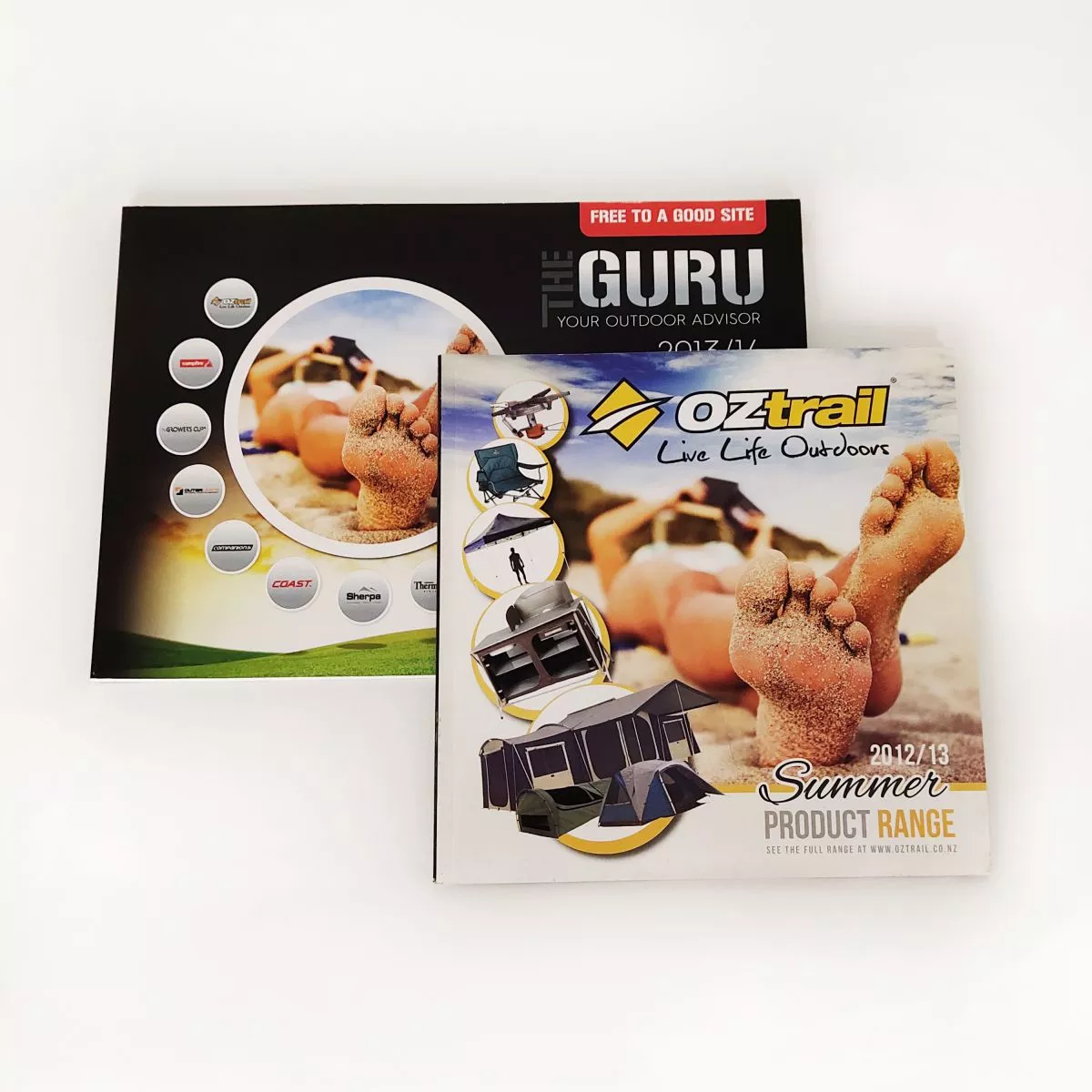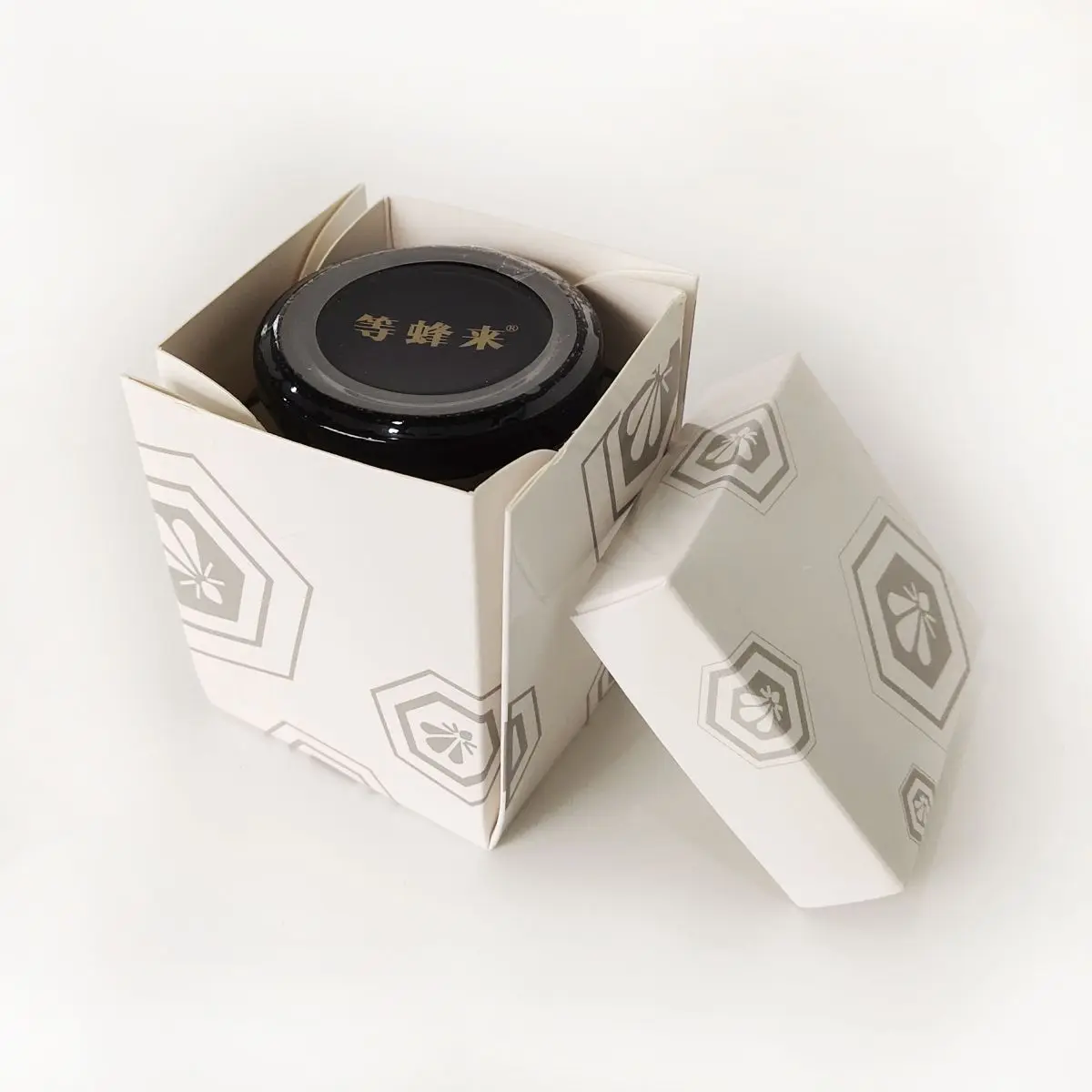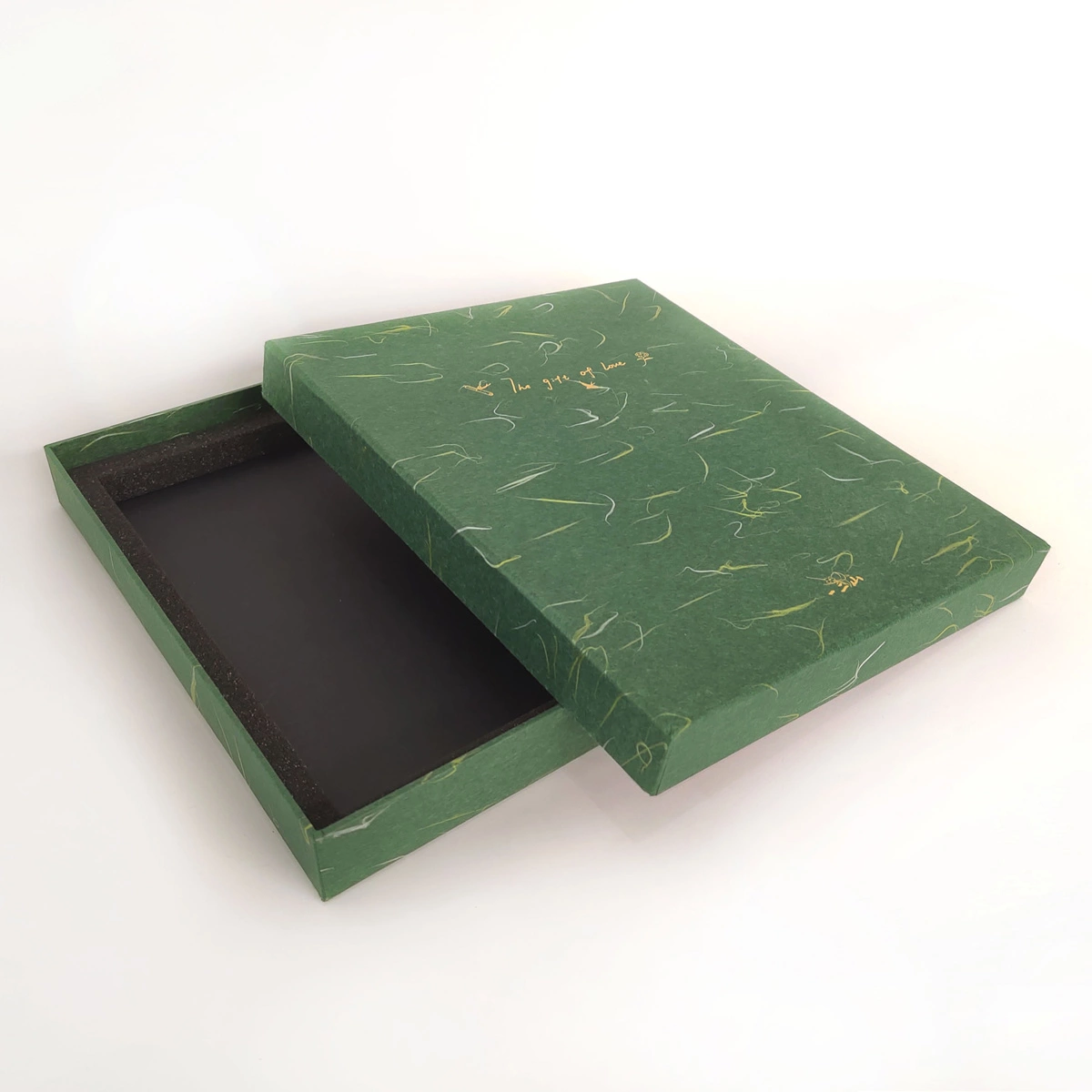Introduction of Common Paper Types for Printing One
Coated paper
Coated paper, also known as coated printing paper, is called powder paper in areas such as Hong Kong. It is a high-grade printing paper made of white paper coated
 with a base paper. It is mainly used to print the covers and illustrations of high-end books, color pictures, various exquisite product advertisements, samples, product packaging, trademarks, etc.
with a base paper. It is mainly used to print the covers and illustrations of high-end books, color pictures, various exquisite product advertisements, samples, product packaging, trademarks, etc.The main raw materials for coated paper are copperplate base paper and paint. The requirements for the copper plate base paper are uniform thickness, small stretch, high strength and good water resistance. There are no paper spots such as spots, wrinkles, and perforations on the paper surface. The coatings used for coating are composed of high-quality white pigments, adhesives (such as polyvinyl alcohol, casein, etc.) and auxiliary additives. The paint having a large fluidity and a high solid content is uniformly applied to the base paper by a coater, then dried, rolled into a roll on a winder, and sent to a supercalender for pressure. Finishing, final cutting, paper selection, packaging.
Characteristic
Coated paper is characterized by a very smooth and smooth paper surface with high smoothness and good gloss. Because the whiteness of the coating used is more than 90%, and the particles are extremely fine, and calendered by the super calender, the smoothness of the coated paper is generally 600 to 1000 s. At the same time, the paint is evenly distributed on the paper surface to show a pleasing white color. The requirements for coated paper have higher coating strength, the coating is thin and uniform, no bubbles, and the amount of adhesive in the coating is appropriate to prevent the paper from being detached during printing, and the absorption of paraxylene in the coated paper. To be appropriate, it can be used for fine mesh printing of 60 lines/cm or more.
The main purpose
The coated copperplate paper is pressed by the old felt. In addition to the flatness of the paper and the high whiteness, it also gives the printed graphics and pictures a three-dimensional effect. Therefore, the coated paper can be widely used for printing pictorials, advertisements, and Landscape paintings, exquisite calendars, character photography, etc.
White cardboard
White cardboard is generally divided into: blue and white single-sided copperplate paperboard, white copperplate paperboard, gray-bottom copperplate paperboard.
Single or multi-layer bonded paper made entirely of bleached chemical pulp and fully sized, suitable for printing and product packaging, generally at a basis weight of 150 g/m2 or more. This type of paper jam is characterized by high smoothness, good stiffness, a neat appearance and good formation. Can be used for business cards, menus or similar products.
In the past, some people planned to use quantitative basis as the basis: paper, cardboard and cardboard; white cardboard has high requirements on whiteness, whiteness of A and so on is not less than 92%, B is not less than 87%, and C is not lower than 82%.
White cardboard is a kind of white cardboard made of thick and solid pure wood pulp. It is calendered or embossed. It is mainly used for printing and printing substrates. It is divided into A, B and C grades. At 210-400g/m2. Mainly used for printing business cards, invitations, certificates, trademarks, and packaging and decoration.

Characteristics
White cardboard is a kind of paper that is firm and thick. In the past, it was intended to be based on quantitative basis: paper, cardboard and cardboard.
In the early years, the white thick paper with a basis weight of about 200g/m2 was smoothed on the Shanghai shopping mall. After calendering, the stiffness was higher. Some people also called thin cardboard.
Classification
Blue and white double-sided copper plate jam
It is made of fully chemical bleached wood pulp with a basis weight of about 150 g/m2. The uncoated ones are called the sika paper, and the double-coated ones are the copper sika.
Main use: Sika paper is mainly used for business cards, wedding invitations, postcards, cards, data cards. Copper Sika is mainly used for book covers, postcards, cards, wedding invitations, merchandise tags, cosmetics and other necessities.
White copper plate paper
The white copper card is mainly used in the production of higher-grade paper boxes, so the paper surface must have high whiteness, smooth paper surface, good ink acceptance, and good gloss.
Main use: a variety of high-grade carton, vacuum blister packaging.
Gray bottom copper paper jam
The surface layer uses bleached chemical pulp, and the core layer and the bottom layer are unbleached kraft pulp, ground wood pulp or clean waste paper, which attaches great importance to folding resistance, color printing effect and stretchability.
Main use: Suitable for making all kinds of carton and hardcover book covers.
White card
The white card consists of three layers: the surface layer and the bottom layer are white, smooth and flat, and can be printed on both sides; the middle layer is a filler layer, and the raw materials are poor. The white card is harder, thin and stiff.
Main uses: all kinds of high-end packaging boxes, cigarette cases, cups, children's books and so on.
White paper
The whiteboard paper is a kind of fiber structure which is relatively uniform, the surface layer has filler and rubber components and the surface is coated with a layer of paint.
White cardboard
A kind of paper produced by multi-roll calendering has high purity of paper surface, relatively uniform ink absorption, and good folding resistance. It is mainly used for commodity packaging boxes, product linings, and picture wall charts.
The whiteboard paper has small stretchability, toughness, and is not easy to break when folded. It is mainly used for printing packaging boxes and commodity sulphonated backing paper. In book binding, medium-sized paper (ridges) or cover for spine and hardcover books for wireless binding. There are special and ordinary, single-sided and double-sided points. According to the bottom layer, there are two kinds of gray bottom and white bottom.
Main uses: printing business cards, certificates, invitations, covers, calendars and postal postcards.
Special paper
Special paper is made by using different papers to make paper with special functions. For example, synthetic fiber, synthetic pulp or mixed wood pulp is used
 separately, and it can be modified or processed with different materials to give paper different functions and uses. For example, for daily use, building materials, electrical products, industrial filters, machinery, agricultural, information, optical, cultural and artistic, biochemical cutting-edge technology, etc., as long as it is used for special purposes. All are collectively referred to as specialty paper.
separately, and it can be modified or processed with different materials to give paper different functions and uses. For example, for daily use, building materials, electrical products, industrial filters, machinery, agricultural, information, optical, cultural and artistic, biochemical cutting-edge technology, etc., as long as it is used for special purposes. All are collectively referred to as specialty paper.Specialty paper is a paper with a special purpose and a relatively small output. There are many types of special papers, which are the collective names of various special-purpose papers or art papers. Nowadays, the sellers refer to art papers such as embossed papers as special papers, mainly to simplify the noun confusion caused by the variety.
Packaging special paper
1. Telescopic paper
Japan has successfully developed a kind of stretch paper that uses wood and pulp as raw materials and can be directly pressed into a packaging container without adding any synthetic resin. This paper has a stretchability that is 5 to 10 times larger than that of plain paper. The strength of the paper packaging container is comparable to that of a plastic packaging container, and can be used for packaging daily necessities and foods. The production cost is relatively low, and it can be recycled, and it is expected to replace the plastic packaging container.
2. Paper grain bags
Traditional flour bags are not satisfactory in terms of strength and moisture resistance. The high-weight chicken skin paper currently used for making large-sized bags of flour has been basically tested successfully. The white chicken paper produced by the imported bleached softwood pulp has high whiteness, no fluorescence and strong pulling force, and meets the sanitary requirements. The bottom bag made of the same uses a trapezoidal bonding method, and each layer is independently bonded, and the layers are glued together between the layers to make it more firm. This new paper bag is 1.5 times stronger than a regular paper bag. A bag full of 25-kilogram four-layer paper bag, free fall 15 times at 1.5 meters, still not broken. The paper bag itself is hygroscopic. Under the same conditions, the shelf life of the flour in the paper bag is 2-3 months longer than that in the bag. Another feature is non-toxic, odorless, non-polluting, and in line with food hygiene standards.
3. Special food packaging paper
Edible anticorrosive paper: It is made by first immersing the base paper in an ethanol solution containing 20% succinic acid, 33% sodium succinate and 0.07% sorbic acid, and then drying it. The food containing the marinade is packaged in this paper and can be stored at 38 ° C for 3 weeks without deterioration.
Special coated paper packaging: It has good anti-oil and waterproof effects.
Printing special paper
1.Embossed paper
Most of the embossed paper is pressed from offset paper and whiteboard paper. The surface is rough, textured, expressive and varied. Many art designers prefer to use this type of paper, and use this to make a cover or title page of a book or album to express different personalities.
2. Pattern paper
Designers and printers are constantly looking for ingenious design styles to make their work stand out. Many times, the pattern paper can make them icing on the cake. These high-quality paper products are soft to the touch, beautiful in appearance, and the finished product is more noble and pleasing. There are many varieties of pattern papers, each with its own characteristics, which is higher than ordinary paper.